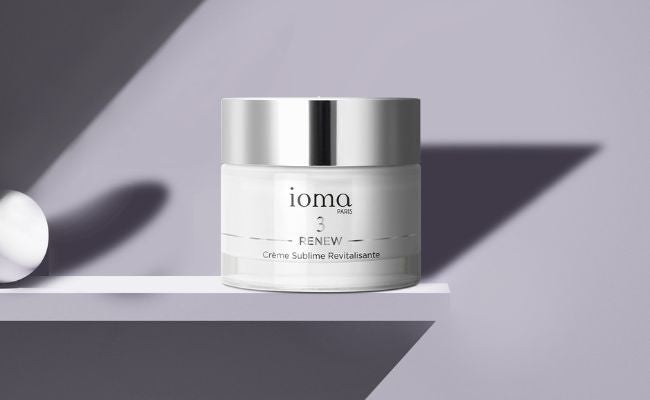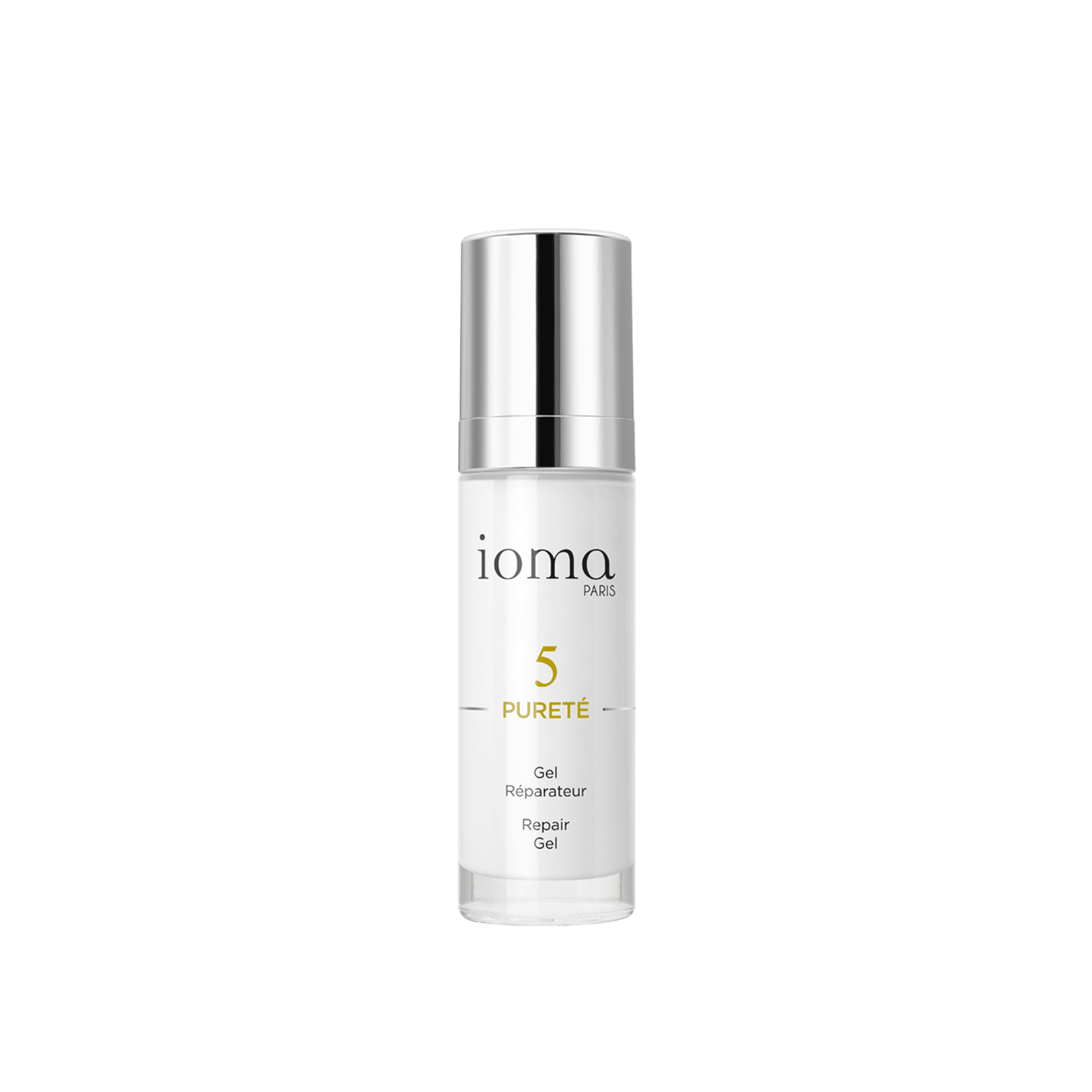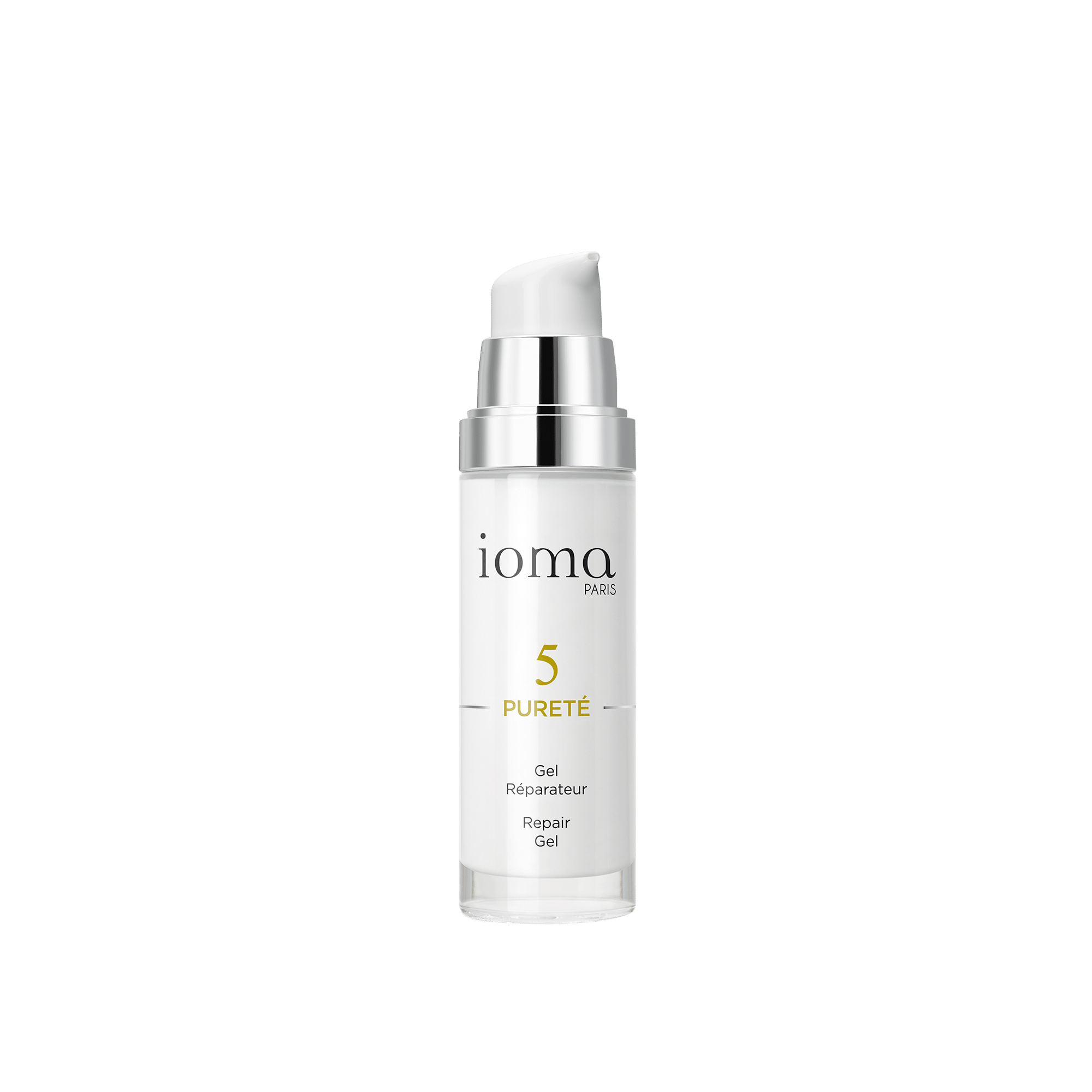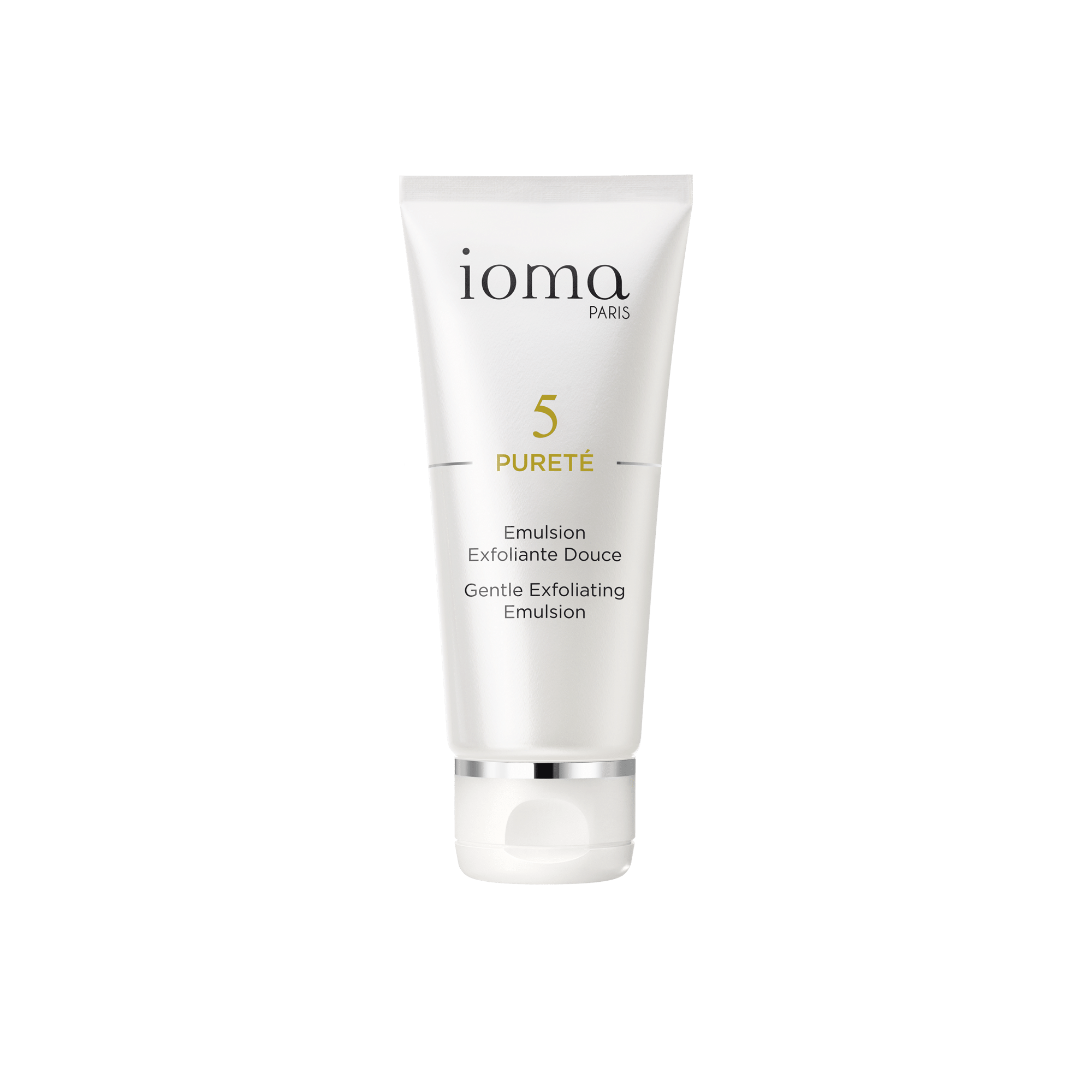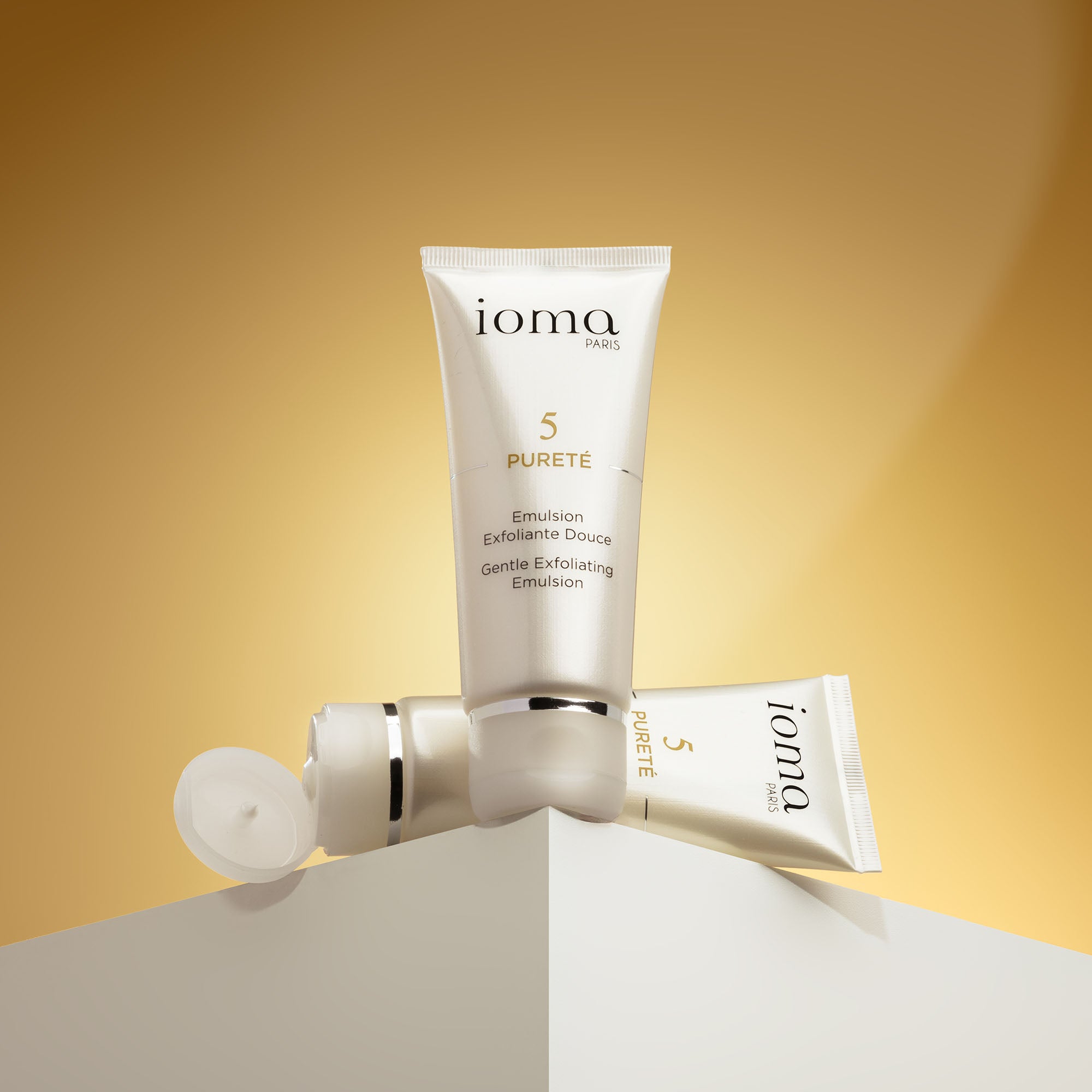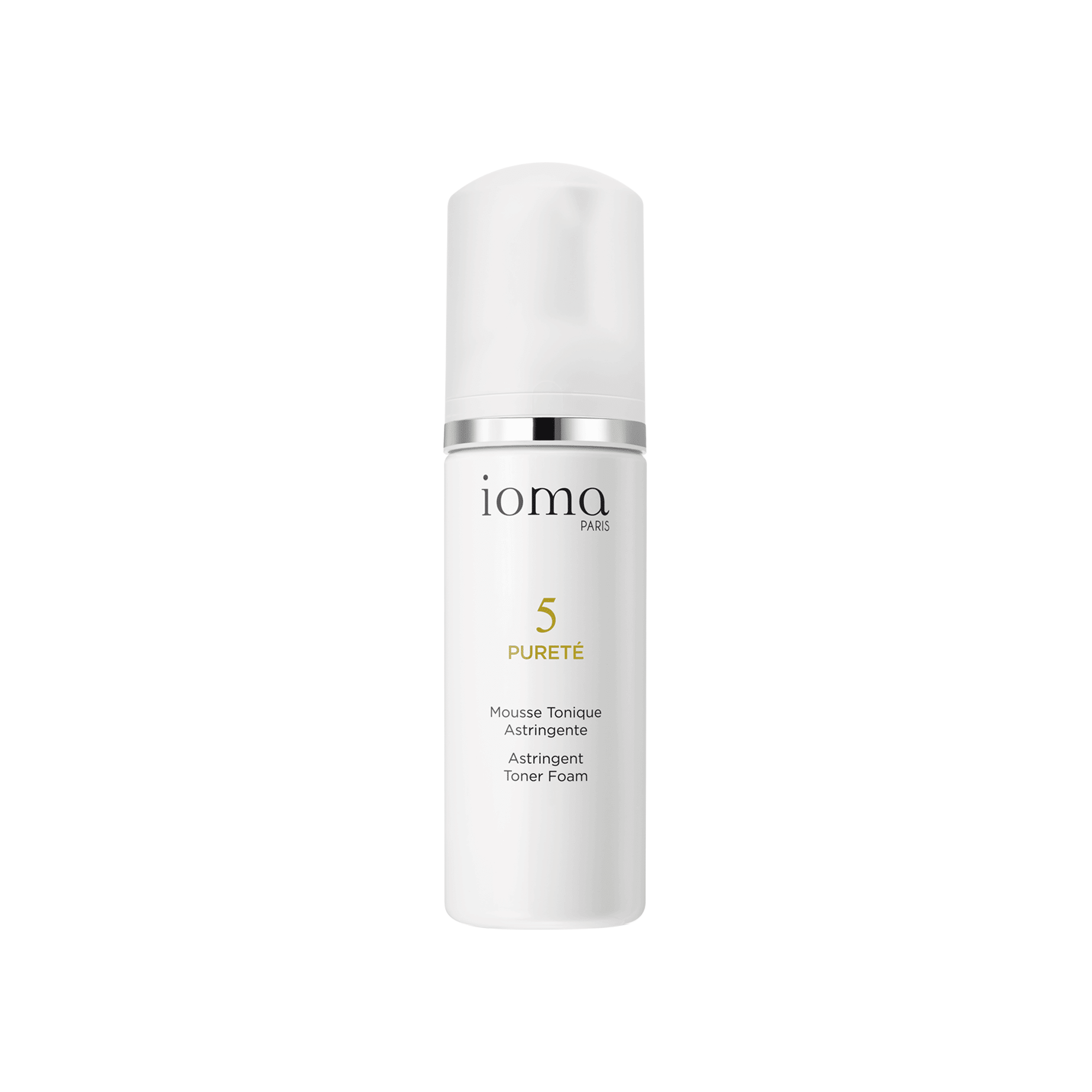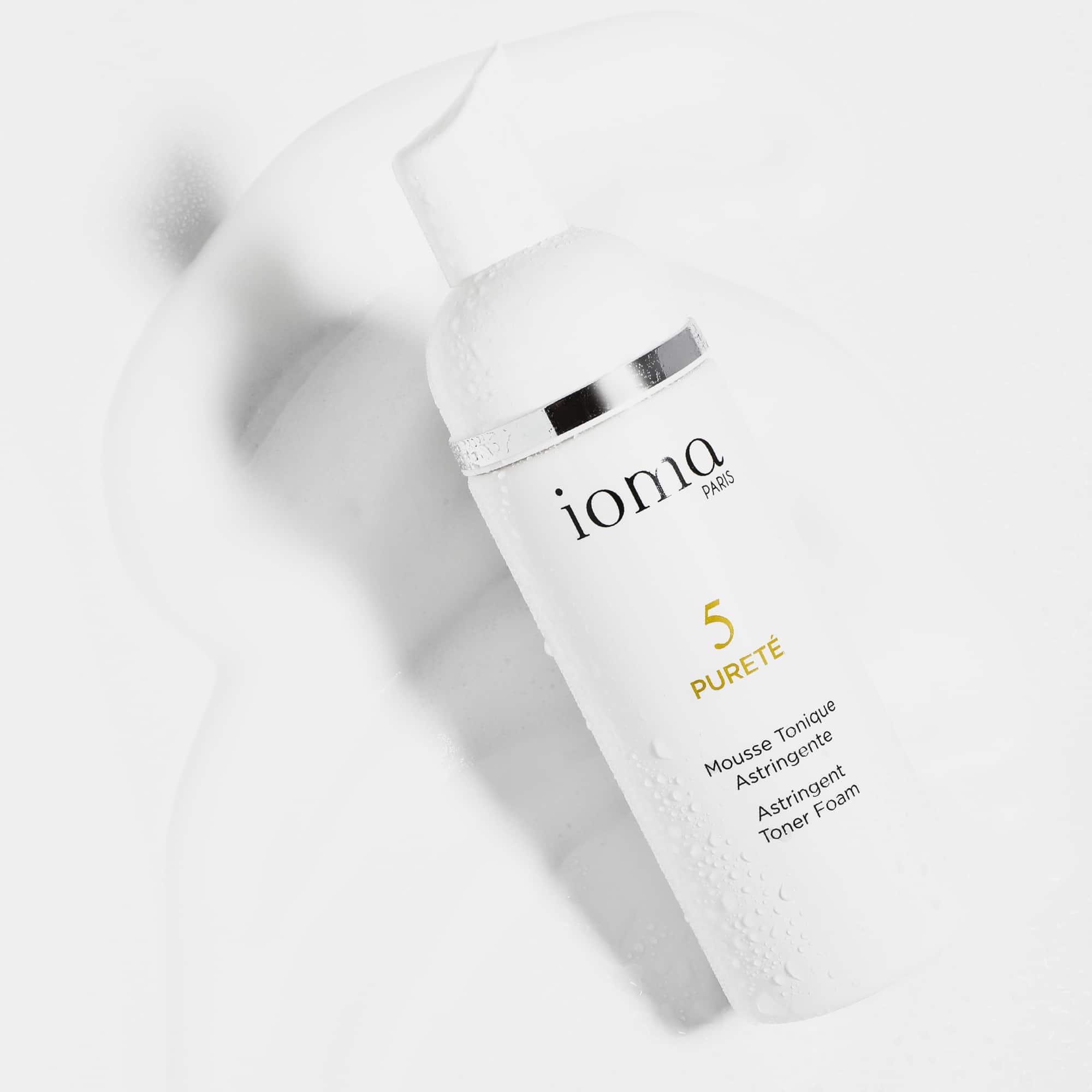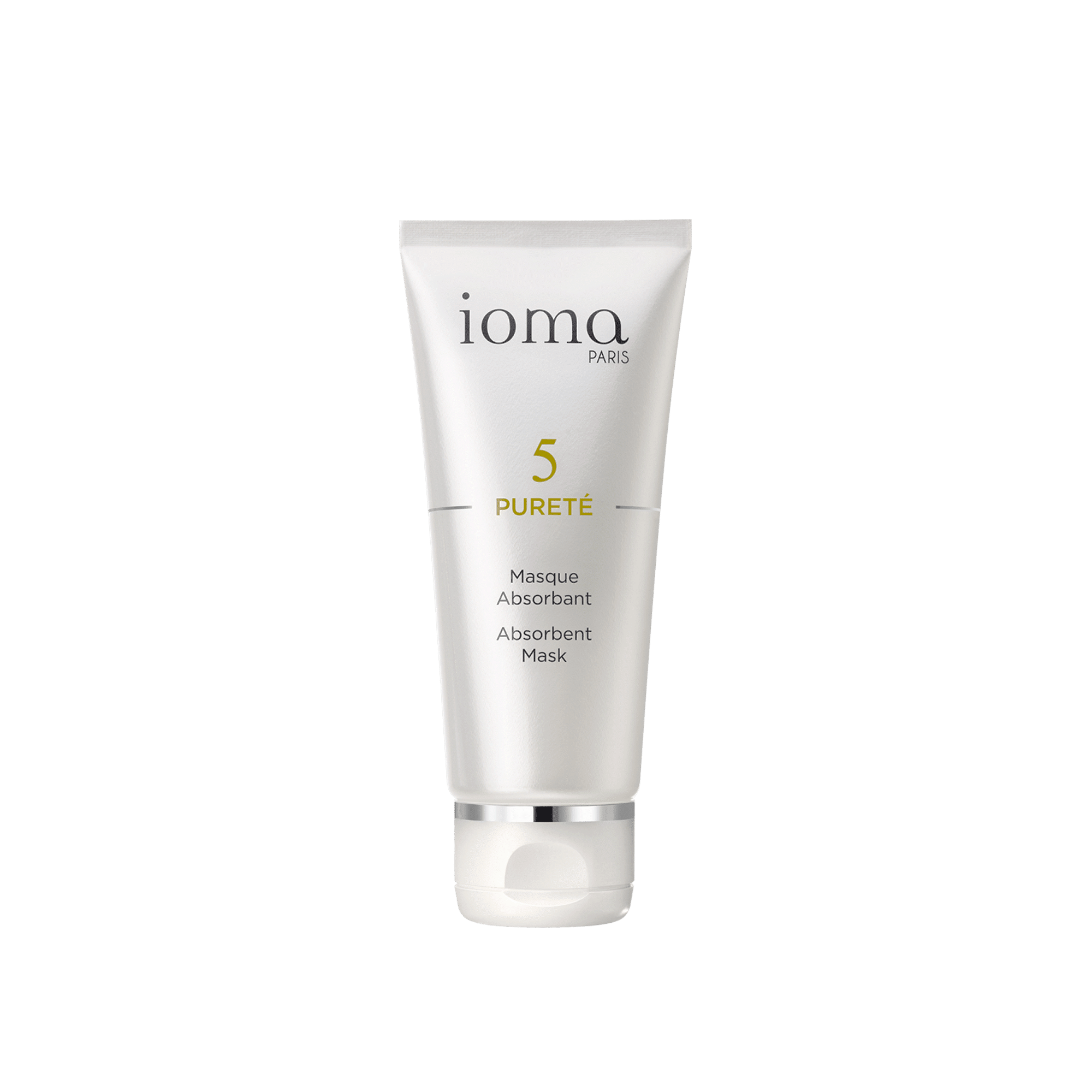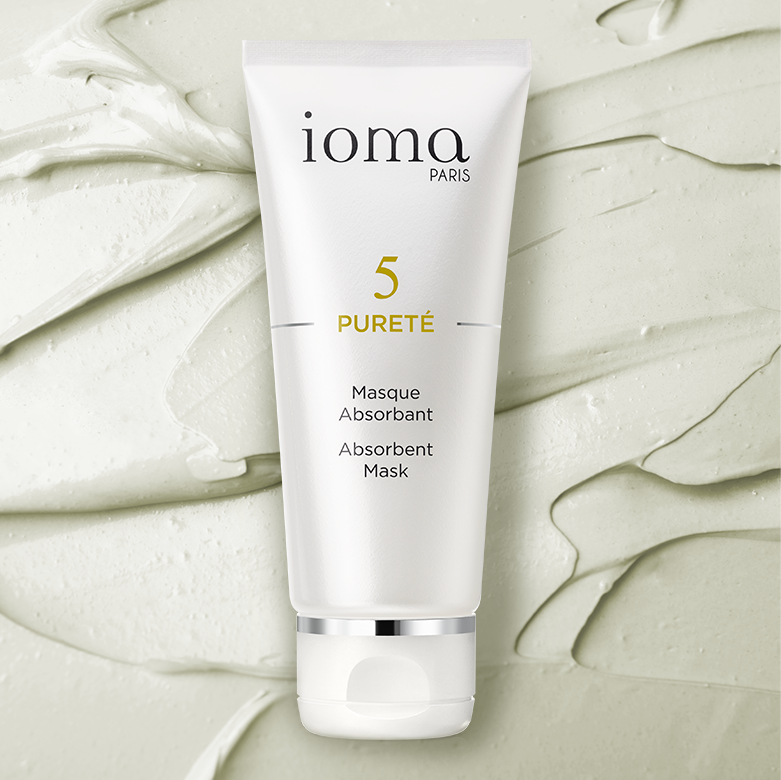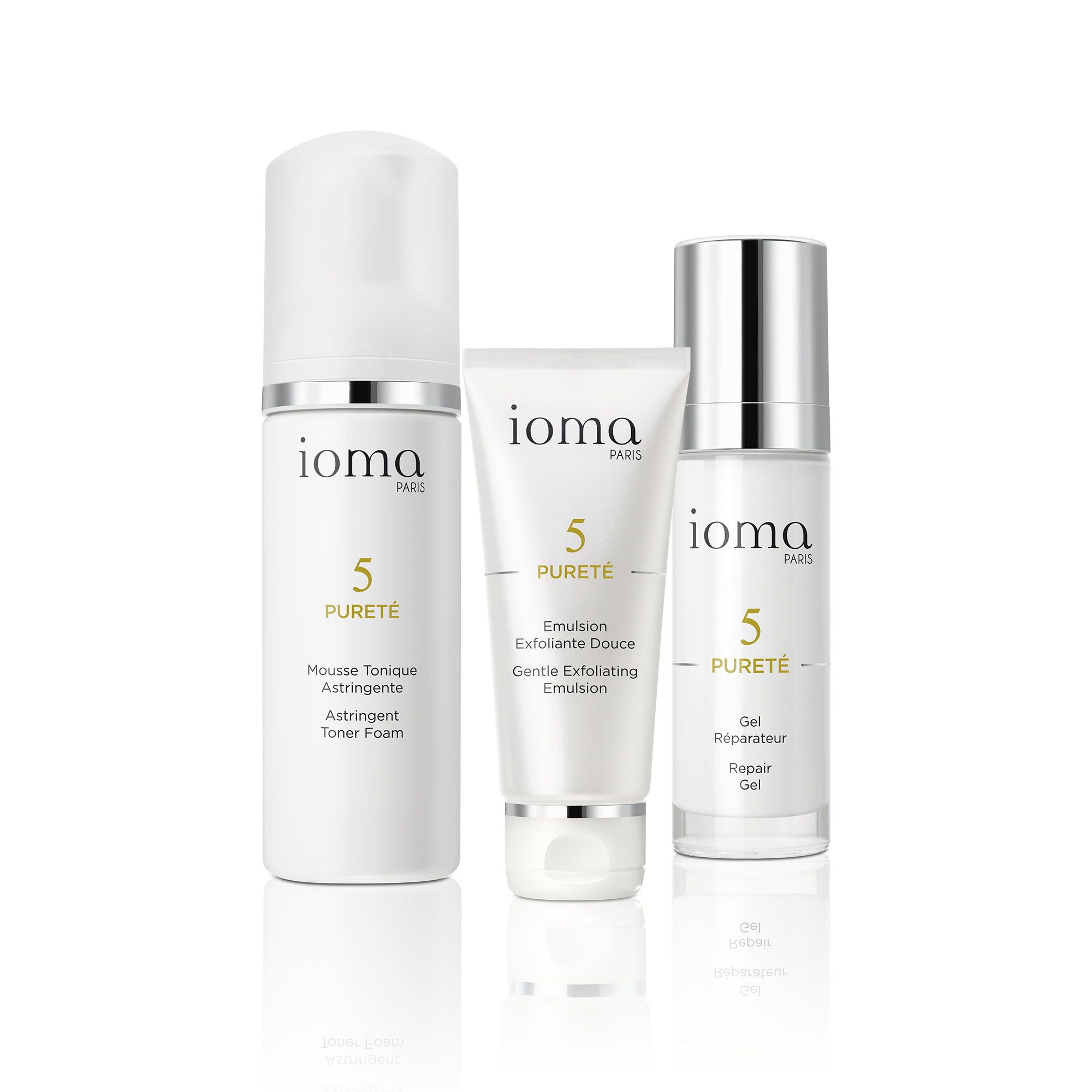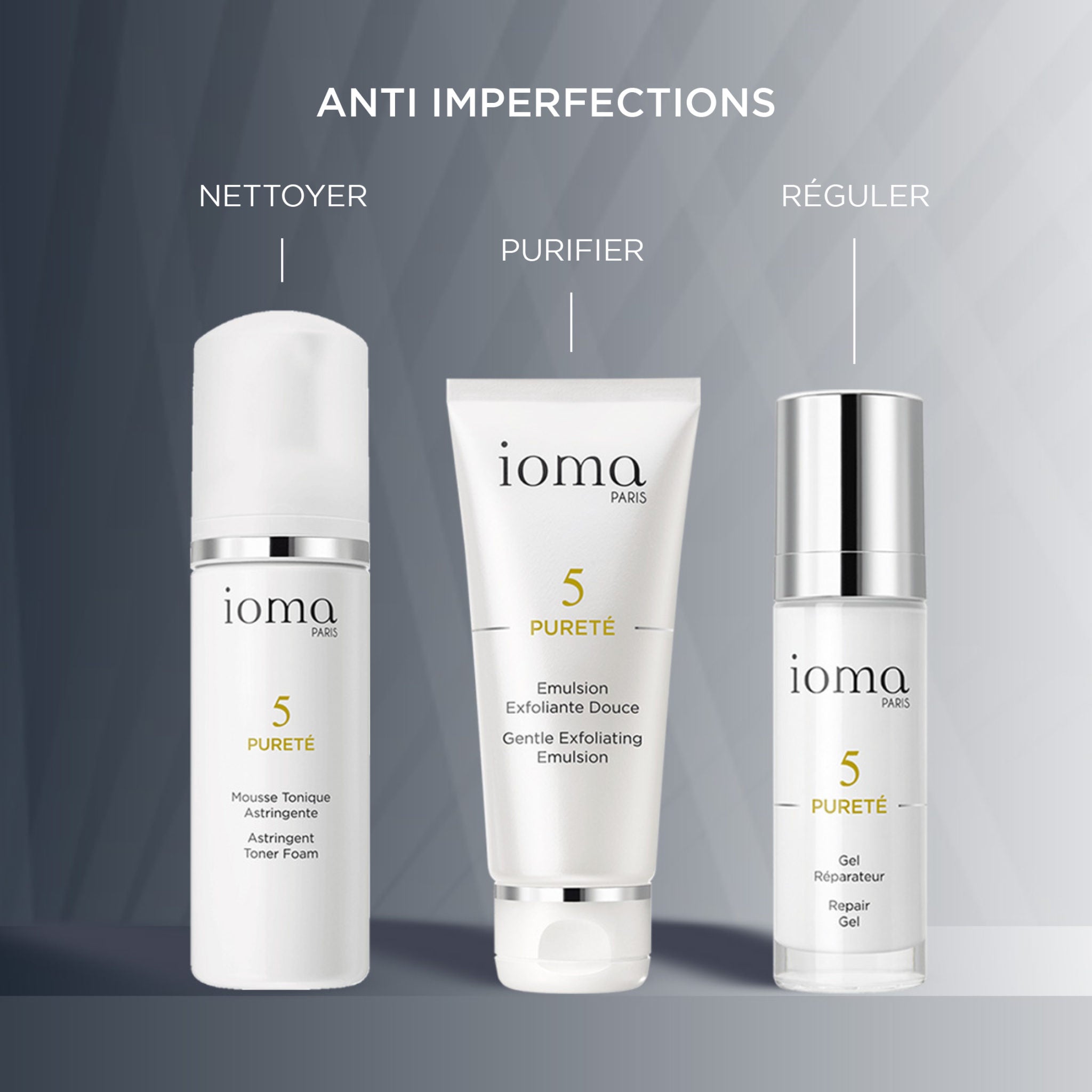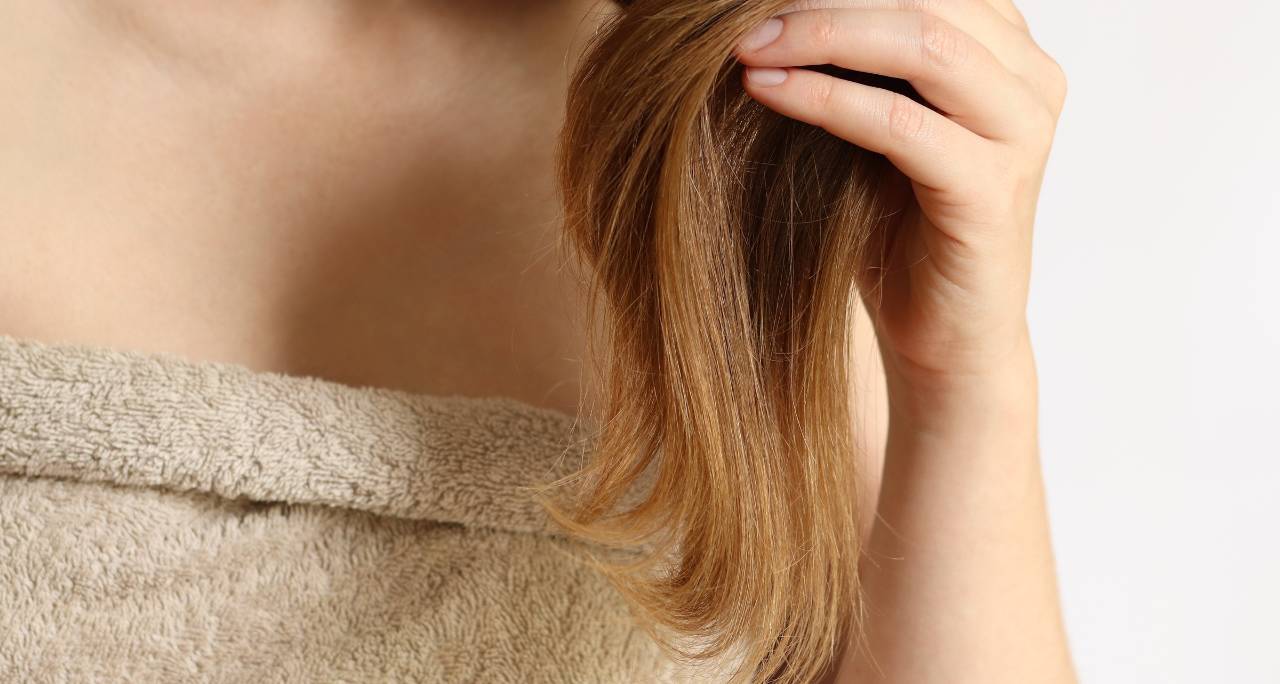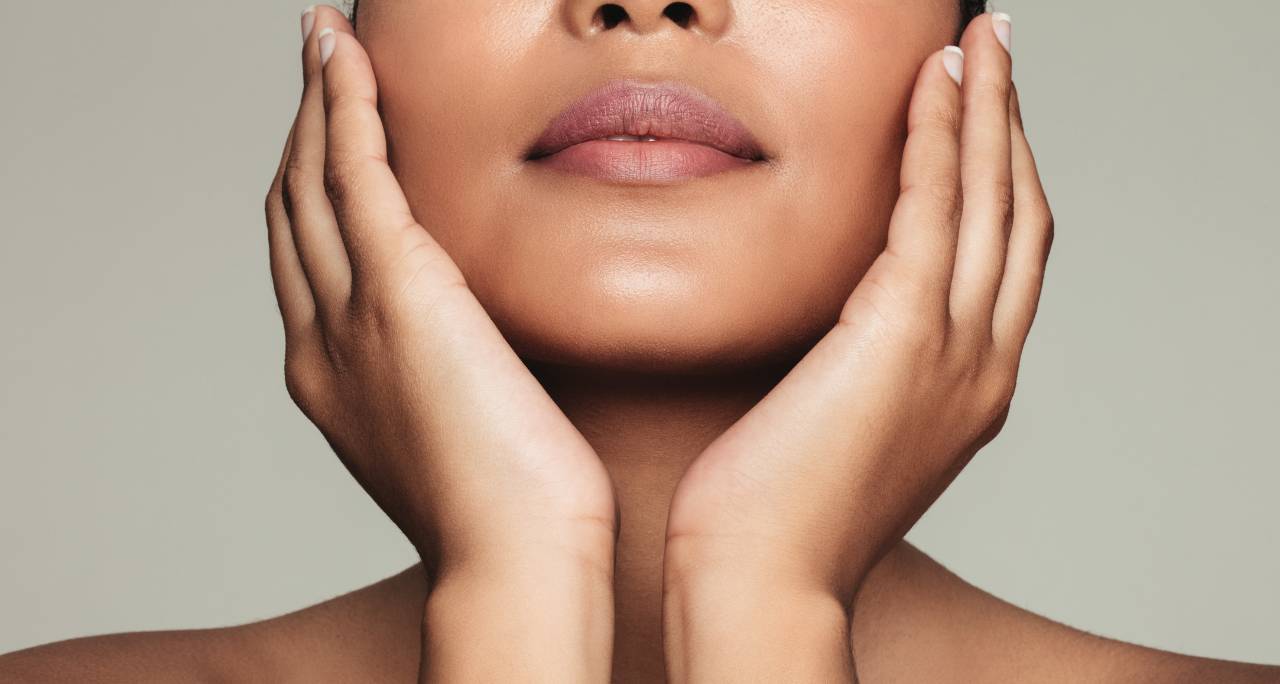
Moisturizing cream for oily skin: everything you need to know to moisturize well without leaving a shine
Oily skin often gets a bad rap: it's shiny, blemishes appear noticeable , and already looks “over-nourished.” However, oily skin can be dehydrated—and when it lacks water, it produces even more sebum to defend itself. The key to a clear, balanced complexion is proper hydration, thanks to a light, regulating, and non-comedogenic cream.
Why oily skin needs hydration
Oily skin is characterized by excessive sebum production, due to overactive sebaceous glands. This sebum protects the skin, but when produced in excess, it ends up clogging pores and promoting shine.
A common reflex is to dry out the skin with purifying products. This is a bad idea: depriving the skin of its moisture only exacerbates dehydration and triggers a defensive reaction—sebum returns in force.
In reality, oily skin needs water, not stripping. Hydration helps regulate sebum and maintain a balanced skin barrier.
How to recognize dehydrated oily skin?
Dehydrated, oily skin is easy to spot: it's shiny, but feels tight after cleansing. The complexion appears dull, the skin texture uneven, and small dehydration lines appear on the forehead or around the mouth.
This imbalance reveals a lack of water in the surface layers of the epidermis. A light, fluid moisturizer can restore this balance without feeling greasy, keeping water deep within the cells while allowing the skin to breathe.
How to Choose a Moisturizer for Oily Skin
The right skincare product is one that deeply hydrates without weighing it down. A moisturizer for oily skin should combine water and sebum regulation, in a fine, quickly absorbed texture.
Texture and formula
Gel-cream or fluid emulsion textures are ideal: they provide immediate freshness and hydration, without a greasy film. Formulas should contain humectants like hyaluronic acid or glycerin, which retain water in the skin.
Complementary assets
Regulating ingredients like niacinamide and zinc help limit sebum production and refine skin texture. Some formulas also incorporate natural mattifying powders (silica, rice starch) to limit shine throughout the day.
Tolerance and security
Choosing non-comedogenic and dermatologically tested products remains essential. A cream that's too rich or poorly suited can actually cause the opposite effect: clogged pores and blemishes.
Mistakes to avoid
Moisturizing oily skin requires consistency, but also some reflexes to correct.
- Not moisturizing at all is the first mistake: the skin becomes dehydrated, dries out on the surface and produces even more sebum to compensate.
- The other extreme is the accumulation of mattifying or purifying treatments, which are often too aggressive. They weaken the skin barrier, causing tightness and overproduction of sebum.
Finally, quantity matters: a small amount is enough. Too much cream, even a light one, overloads the skin and limits cellular respiration.
Ideal hydration routine for oily skin
A simple and regular routine is enough to balance the skin:
- Cleanse morning and evening with a gentle sulfate-free gel.
- Rebalance with a light moisturizing lotion.
- Apply the appropriate moisturizer, massaging gently to stimulate microcirculation.
- In the morning, follow with non-comedogenic sun protection.
This consistency helps stabilize sebum production, smooth skin texture and reduce shine in a lasting way.
Proper hydration transforms oily skin into balanced, healthier, and brighter skin. The effect is visible: less shine, fewer imperfections, and more comfort.
Moisturizing isn't about greasing—it's about restoring skin's natural balance, so it can once again function as an effective protective barrier.

